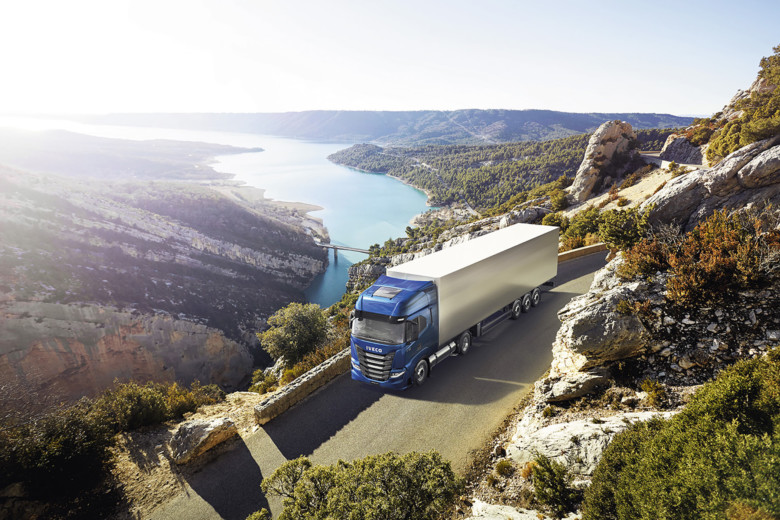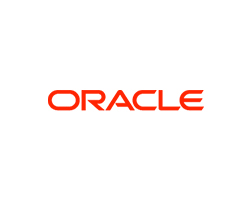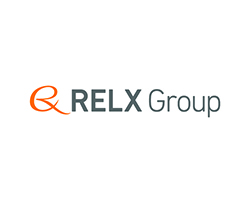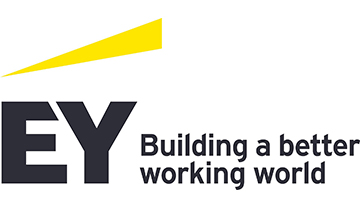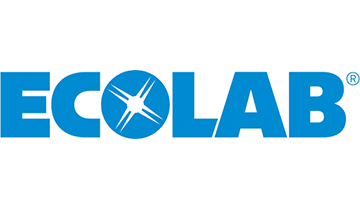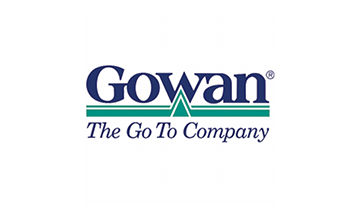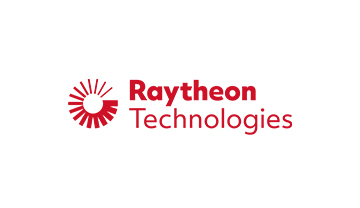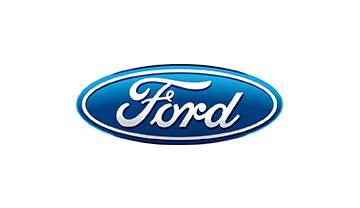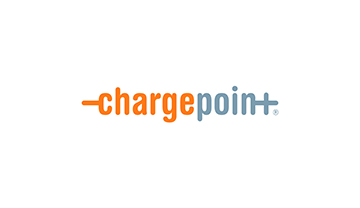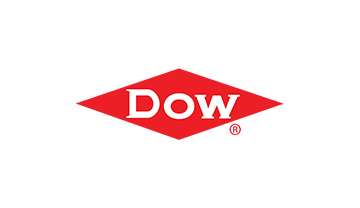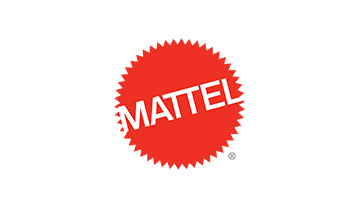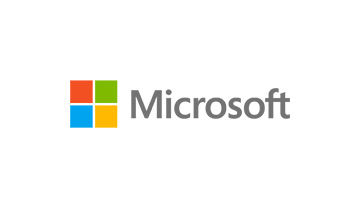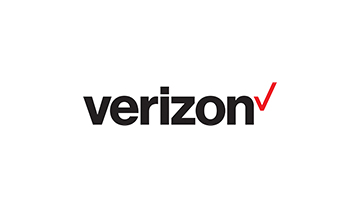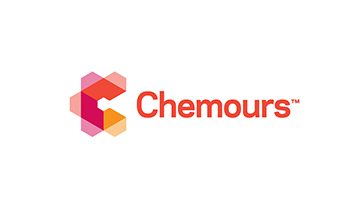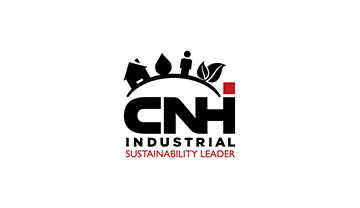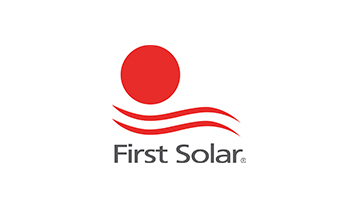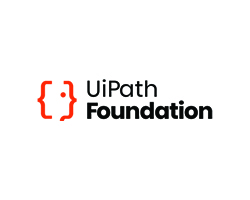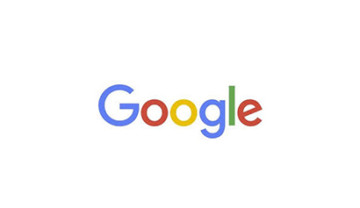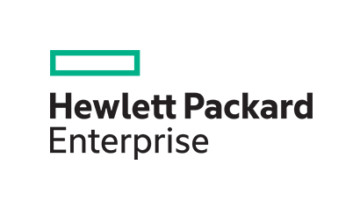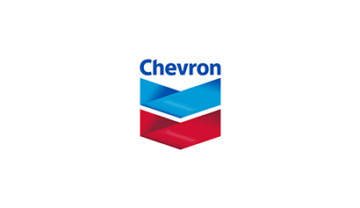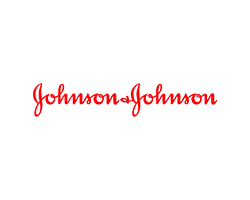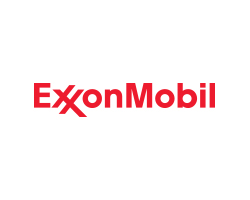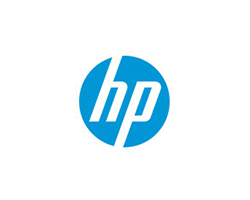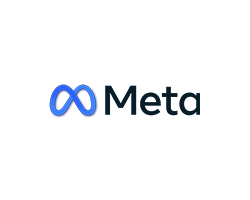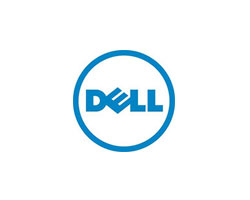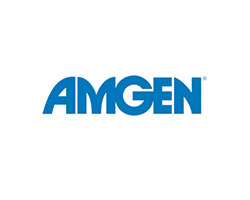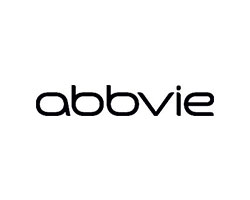
Climate change is accelerating the transformation of the energy industry towards a more ecosystem-based model. However, more can be done to incentivise greater integration between producers and consumers in the energy market, who still often operate in silos. The European Commission’s Strategy for Energy System Integration specifically aims to encourage this transformation, acknowledging that such integration supported by technology is crucial for Europe to achieve climate neutrality by 2050.
To meet the EU’s climate targets, at least 50% of electricity supply will need to come from renewable energy sources by 2030 compared to 32% in 2018, with the increase mainly coming from wind and solar. The next big challenge will be to ensure sufficient flexible power capacity while keeping the electricity system secure and costs at acceptable levels. Additionally, growing participation of a larger number of privately-owned distributed energy resources or DERs (electric vehicles, home battery systems, etc), is making the management of processes and related IT systems more complex.
Blockchain can play a key role to speed up the integration and decarbonisation of energy markets, forging more efficient and trusted connections thanks to its built-in traceability, immutability, transparency and inherently decentralised nature.
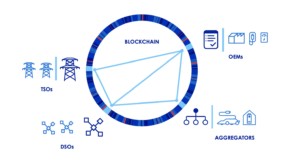
This is why IBM built a blockchain-based ‘Crowd Balancing Platform’ for electricity grid balancing with DERs: Equigy, a new joint venture by four major European electricity grid operators – TenneT, Terna, Swissgrid and APG – now rolling out in The Netherlands, Germany, Italy, Austria and Switzerland. It allows these operators to register, track and validate in a secure and immutable way, tens of thousands of small, consumer-produced energy transactions, using data from IoT devices, such as smart meters or charging points.
New players are constantly added to this ecosystem and the balancing market is thus democratised and decarbonised, with citizens contributing to a stable grid, and being financially rewarded for it. This further secures the integration of renewables, often less predictable than fossil-based generation.
Moreover, Equigy is a private blockchain. This means permission is required to access, the identity and role of actors are known, and it consumes less energy than public blockchains (such as bitcoin), in line with the energy transition’s goals.
Platforms like Equigy are game changers for the electricity market. Regulators have a crucial role to play in designing the right policy frameworks and encouraging investments in technology and smart infrastructure to achieve a cost-effective decarbonisation of the EU economy.

